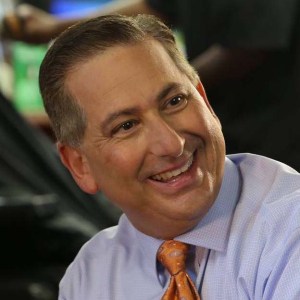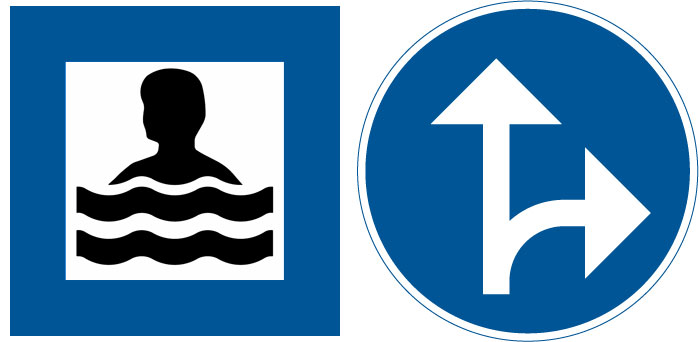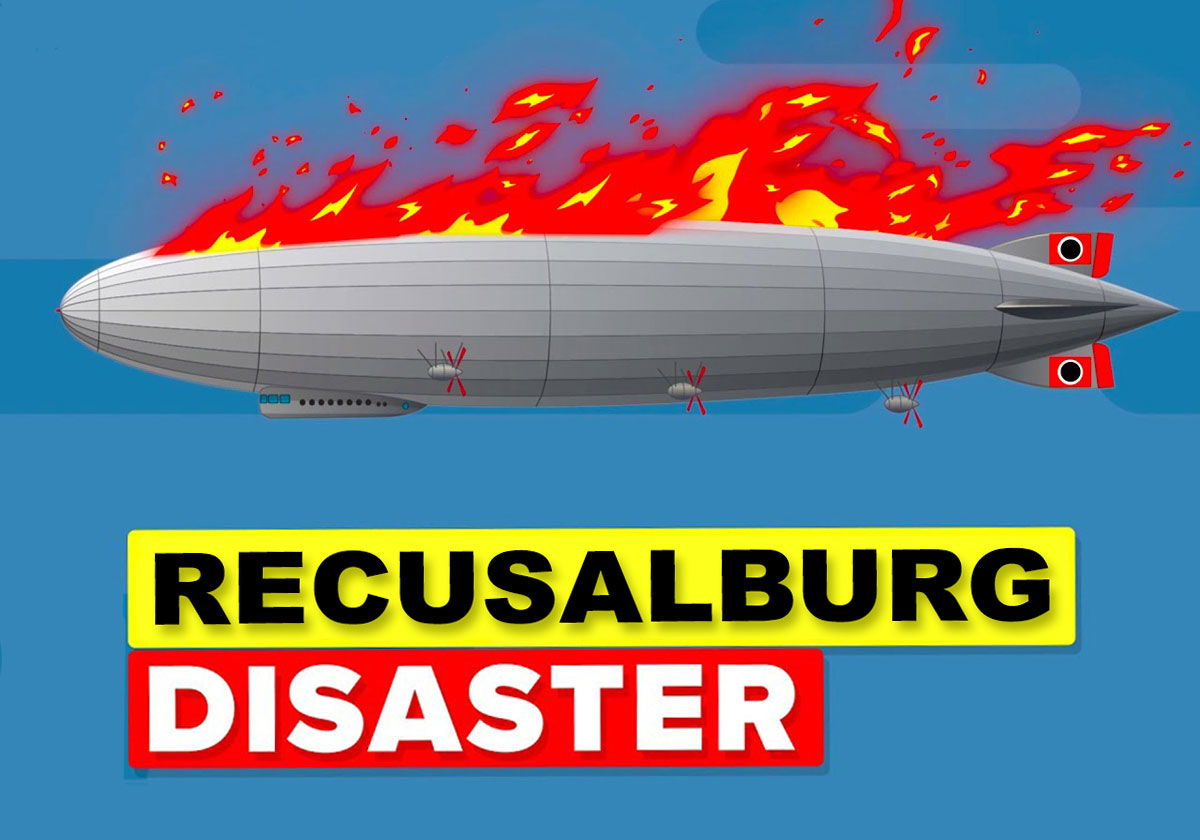The heavily taxpayer-subsidized Tampa Bay “Crossbay Ferry” pilot project is currently on track to attract approximately 27,000 paying passengers in total during its six-month pilot. Whether the project is a path forward, or a bath for the taxpayers, that we will leave to our readers to decide.
Through a public records request to the City of St. Petersburg, the Tampa Bay Guardian obtained the passenger counts for the Crossbay Ferry’s first two months of operation. The total number of passengers was 7,606 in November 2016 and 5,063 in December for this pilot ferry project.

However, the number of paid passengers was actually higher in December than in November, according to Ed Turanchik, the attorney for the ferry operator HMS. Many rides were free in November as the service was introduced, he said.
The December passenger count of 5,063 is all paid passengers, according to Turanchik. Passengers ride for free on every third Sunday every month, but HMS does not count them as free because Frontier Communications pays for those passengers. It does however mean that the number of passenger who spent $10 of their own money to ride the ferry was 4,562 in December.
$1.4 million in taxpayer funds have been committed for this project, with Tampa, St. Pete, Pinellas and Hillsborough each providing $350,000. The total project cost is $1.525 million, with 60%-65% being capital costs (includes depreciation), according to Turanchik.
The pilot project is on course to have a total of approximately 27,000 paying passengers during its six-month run, which means that each passenger required a $40 subsidy. When asked whether the price to taxpayers is worth it, Turanchik said that it’s “unequivocally valuable” to demonstrate this option using a pilot project and to have data on 27,000 passengers.
Readers should note that the actual six-month passenger total may be higher or lower than our projections, which is simply a straightline projection based on two months of available data.

In a Facebook post this morning while we were interviewing Turanchik, St. Pete mayor Rick Kriseman claimed that the ferry “has highest recovery of operating costs of any transit on FL west coast.”
The metric Kriseman was referring to is the so-called farebox recovery ratio, and it was 46% for November. However, the metric does not take into account the aforementioned capital costs.
Chris Steinocher, president and chief executive of the St. Petersburg Area Chamber of Commerce, claimed last September that “visitors demand this kind of opportunity”, referring to a ferry. We contacted Steinocher to ask for survey data or other data to support his claim, but had not received a response by the time of publication.
“This was not our first choice for a route that we would run on an ongoing basis,” said Turanchik when asked about the seemingly low passenger counts. “But it was an available route that could showcase the technology and this option because no permitting was required and because there was an evening and weekend market.”
“We have been blind towards ferries as an option, and it is the most obvious option for some corridors,” Turanchik continued. “We have a free right-of-way and it isn’t being used. Educating people about an obviously underutilitized option is a good use of tax dollars.”

“The passenger numbers show what I’ve been saying all along: this route won’t work,” said Gulfport city council member Dan Liedtke, a critic of the project. “A ferry has to save people time or money or both. If such a route can be found with subsidies comparable to other modes of transportation, then I will support it,” said Liedtke. “This route isn’t that route.”
“It would be nice if there was 100% transparency in this project, and a little less spin from Kriseman and others”, said Liedtke. “As for the chamber’s claim that visitors ‘demand’ a ferry, I can tell you that I’ve never met a visitor who wanted to spend more time and money to get to where they needed to go than their car does.”
HMS is planning a route from the Big Bend area to MacDill, and the current pilot project will help that move that permanent route ahead, said Turanchik. HMS will take on all operating costs for the MacDill ferry, and for that project (unlike the current pilot) the majority of the cost will be operating cost. That deal is being structured in a way that local government may end up turning a profit on it, according to Turanchik.
“Tampa has spent $1.2M for a streetcar expansion study,” Turanchik said. “That study does not take people to places, it does not create jobs, and is not creating economic activity. Our pilot project is doing all of those things, and so I think it’s a success”.
So is the project bath for the taxpayers, or a path forward using previously underutilized right-of-ways? As always, the Guardian reports and the readers decide. Please like our Facebook page to find out when we publish new stories.



